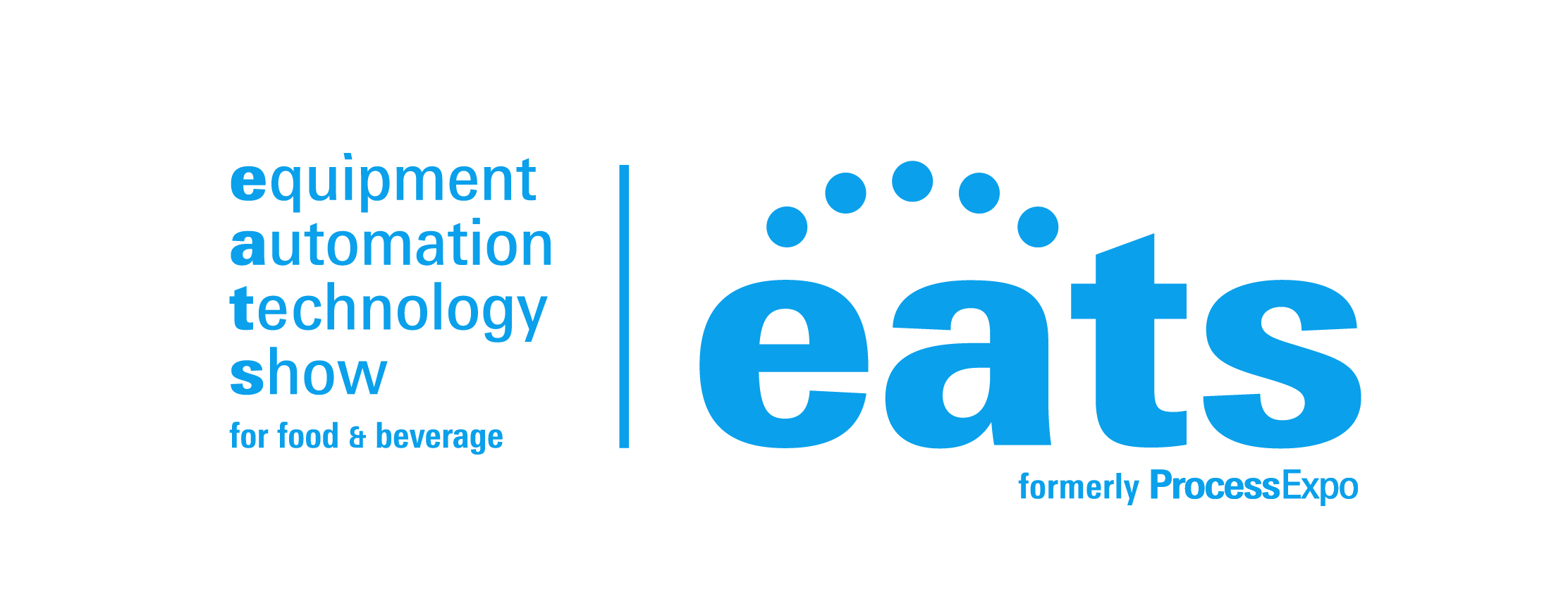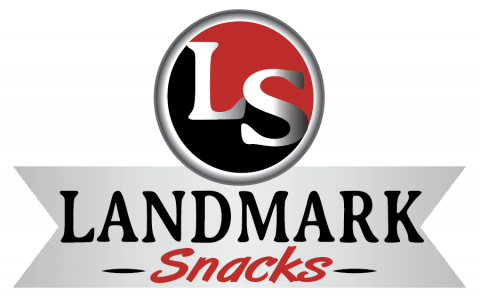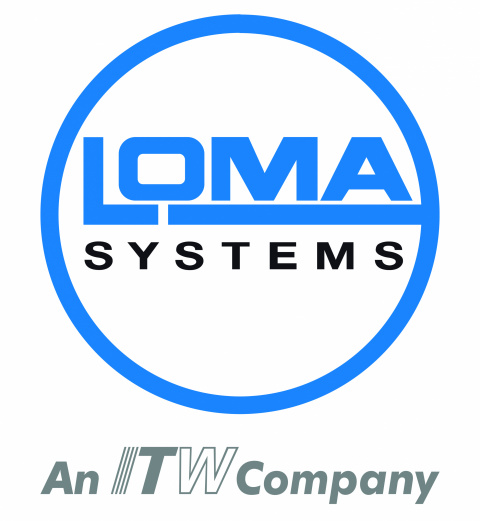
A recent article in the NY Times reported on significantly declining population growth rates in many parts of the world, including the US. With a replacement rate between 1.6 and 2.0, this trend will not reverse itself easily, or soon, with a workforce that will continue to get older. One example of this is in China which the author states will be surpassed in population size by Nigeria by as early as 2100, and will have as many 85-year-olds as 18-year-olds. With demographics like this, how will we continue to keep pace in manufacturing?
Yesterday, I held a call with expert panelists for the Process Expo session, Robotics & Automation: Improving Efficiencies and Margins in Food Production, to begin the discussion about key points that should be included in this presentation (taking place on Thursday, November 4th). We discussed efficiencies and margins, yes, but the bulk of the discussion centered on how much the production world has changed since March of 2020.
Whereas pre-COVID, many processors were interested in increasing automation in order to reduce labor costs (provided the ROI on this capital expenditure ROI was there), now many processors are looking into increased automation and robotics simply as a way to assure a certain level of production given the uncertainty of the return of their workforce. As the economy seems to be successfully reopening at this point, many companies report high absenteeism. While there are a variety of reasons for this, the one I wish to focus on is competition from other industries for limited labor. After all, sitting in a plant managing auto parts is easier than standing in a climate controlled (i.e. cold) protein plant. As a result, how many of these workers are just not coming back?
As I have discussed in this blog before, each year it gets harder and harder to find good, qualified people willing to come in and work, whether it be on the supplier side or the food manufacturer. Further automating a plant’s production is necessary to deal with this, and if the Times article is correct, this issue is only going to grow with time.
One piece I read this morning, pointed out tax incentives to automate for small and medium sized businesses. While another focused on how far robotics have come within the food industry over the past 25 years, bringing per unit cost down by over 1,100% in that time period. In short, the financing tools are out there, automation costs are coming down, and food processors recognize that the key to maintaining sales is their ability to produce consistently for a hungry world. It’s not just large processors we’re talking about, small and medium sized manufacturers are equally affected by these demographic shifts. Maybe that’s why one systems integrator I spoke with reported five years’ worth of automation projects in their hopper. It’s where we’re going whether we’re ready or not.
This session is just one of the valuable topics we’ll touch on in the educational program, Process Expo University. All food and beverage industry professionals are invited to join us in these sessions that take a deep dive into critical topics for our industry. With McCormick Place reopening this summer to trade shows, we are eager to return to the table, to sit with our customers and discuss solutions such as automation and robotics, as well as others that can help food processors execute their mission to feed a hungry world.
Andy Drennan, FPSA SVP

































